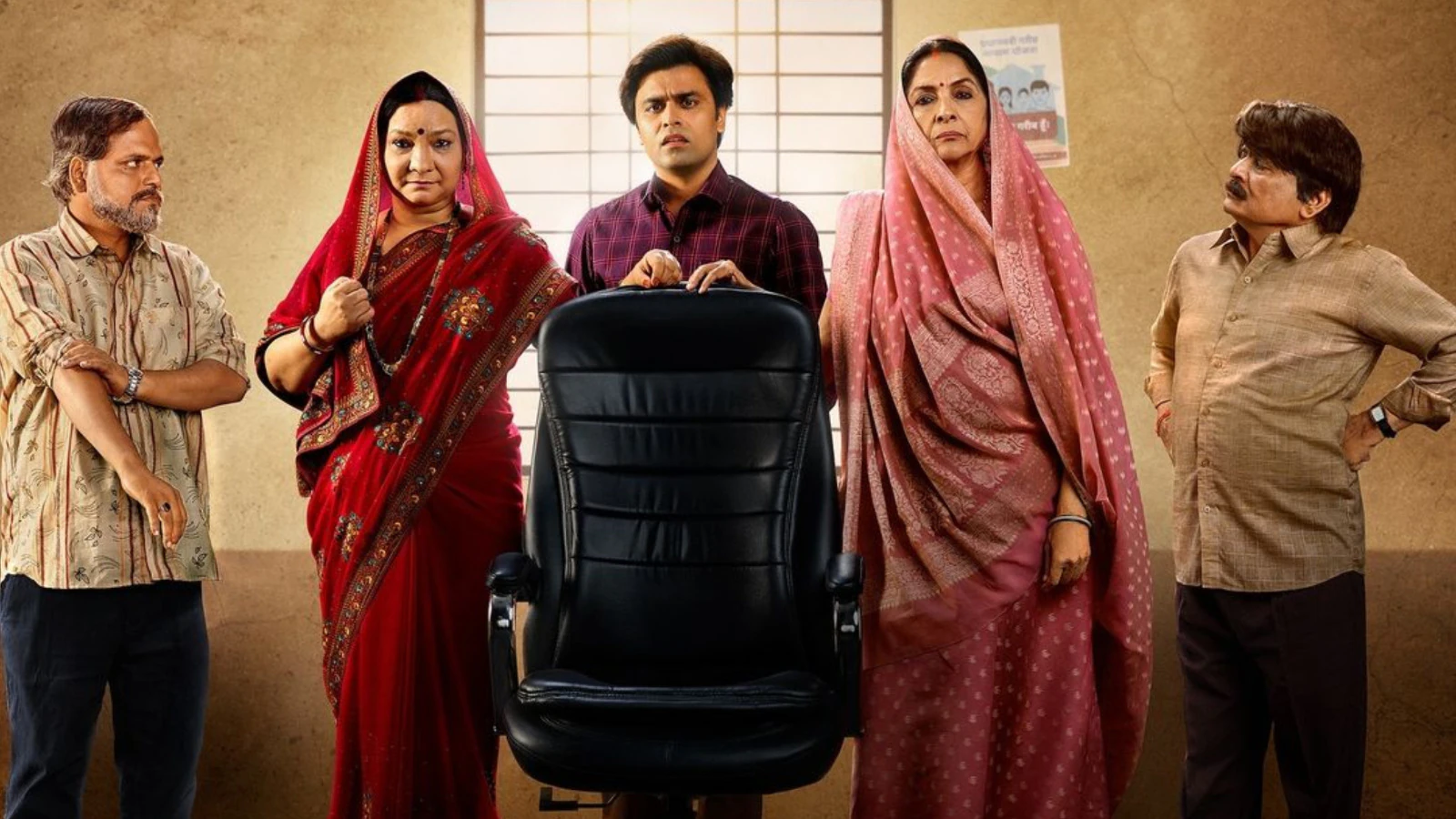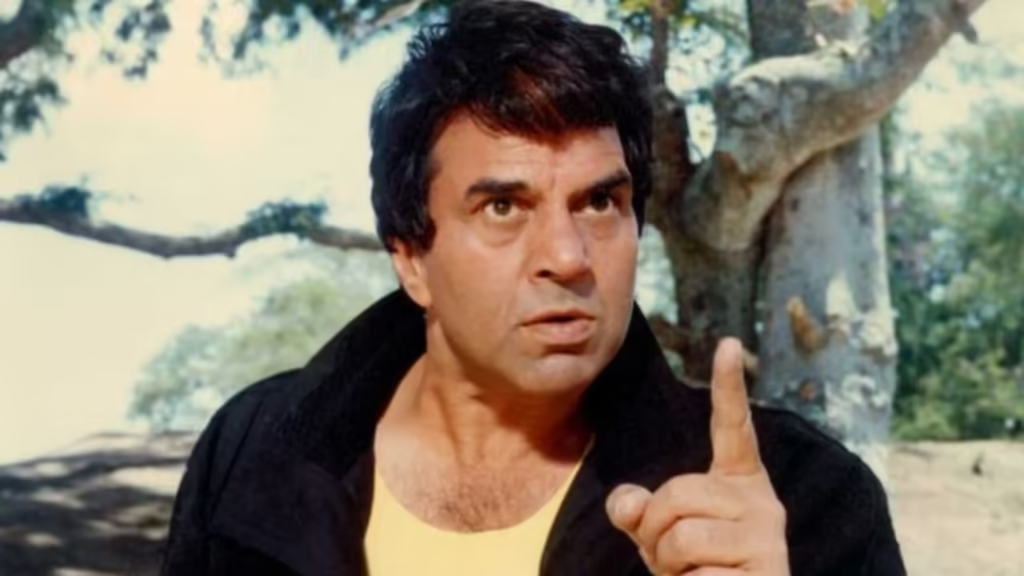Now Reading: Why ‘Panchayat Season 3’ Is Striking a Chord with India’s Small-Town Youth
-
01
Why ‘Panchayat Season 3’ Is Striking a Chord with India’s Small-Town Youth
Why ‘Panchayat Season 3’ Is Striking a Chord with India’s Small-Town Youth

The return of Panchayat with its third season has sparked conversations across India, especially among young viewers in Tier-2 and Tier-3 towns. The show’s simple storytelling, rooted characters, and rural setting continue to resonate with an audience often underrepresented in mainstream content. With relatable themes and a grounded approach, Panchayat is more than just entertainment—it mirrors the everyday aspirations of India’s small-town youth.
A Slice of Real Rural India
Unlike the over-dramatized portrayal of villages seen in many films, Panchayat captures the subtle realities of rural life with humour and heart. From power cuts to local politics, the show presents life in Phulera with honesty.
For youth in small towns and semi-urban areas, this feels familiar. The dialogues, dialects, and situations reflect experiences they’ve seen around them—making the viewing deeply personal.
Aspirations and Struggles They Understand
The show’s lead, Abhishek Tripathi, is a relatable figure for many young Indians. A graduate working in a job he didn’t dream of, in a place he never planned to live—his story mirrors that of countless young people trying to balance career goals with real-life constraints.
This blend of ambition and compromise is what makes Panchayat emotionally relevant. The youth connect with his frustration, silent victories, and the slow but meaningful bonds he forms with villagers.
Strong Characters, Subtle Impact
Beyond Abhishek, the supporting cast—Pradhan ji, Vikas, Prahlad, and Manju Devi—has found a fanbase of its own. These characters, drawn from everyday life, remind viewers of familiar faces in their own neighbourhoods.
For small-town youth, who rarely see their way of life reflected in popular media, Panchayat provides validation. It offers dignity to rural lives and jobs, without romanticizing or mocking them.
Language and Culture That Feels Authentic
The show’s use of Hindi and local expressions adds to its authenticity. Unlike many shows that cater primarily to urban sensibilities, Panchayat sticks to its roots, making it accessible and engaging for viewers across heartland India.
In Tier-2 cities like Gwalior, Nagpur, Raipur, and Patna, the show’s language, humour, and everyday conflicts resonate strongly—bridging the gap between entertainment and lived reality.
Social Media and Word-of-Mouth Appeal
Much of Panchayat’s popularity has been driven by organic buzz. Short reels, memes, and emotional scenes shared on platforms like Instagram and WhatsApp have helped the show reach a wider audience, especially younger viewers.
In smaller cities, where traditional advertising often doesn’t have the same impact, this peer-to-peer sharing has played a major role in building a loyal fanbase.
Conclusion: Rooted Stories, Universal Emotions
Panchayat Season 3 is succeeding not because of high-budget action or celebrity glamour, but because it reflects the real emotions and everyday life of a large section of Indian youth. For viewers in small towns, it offers both recognition and reassurance—that their stories matter too.
As more content creators take note of this growing audience, Panchayat stands as a benchmark for how grounded storytelling can create lasting impact.

























